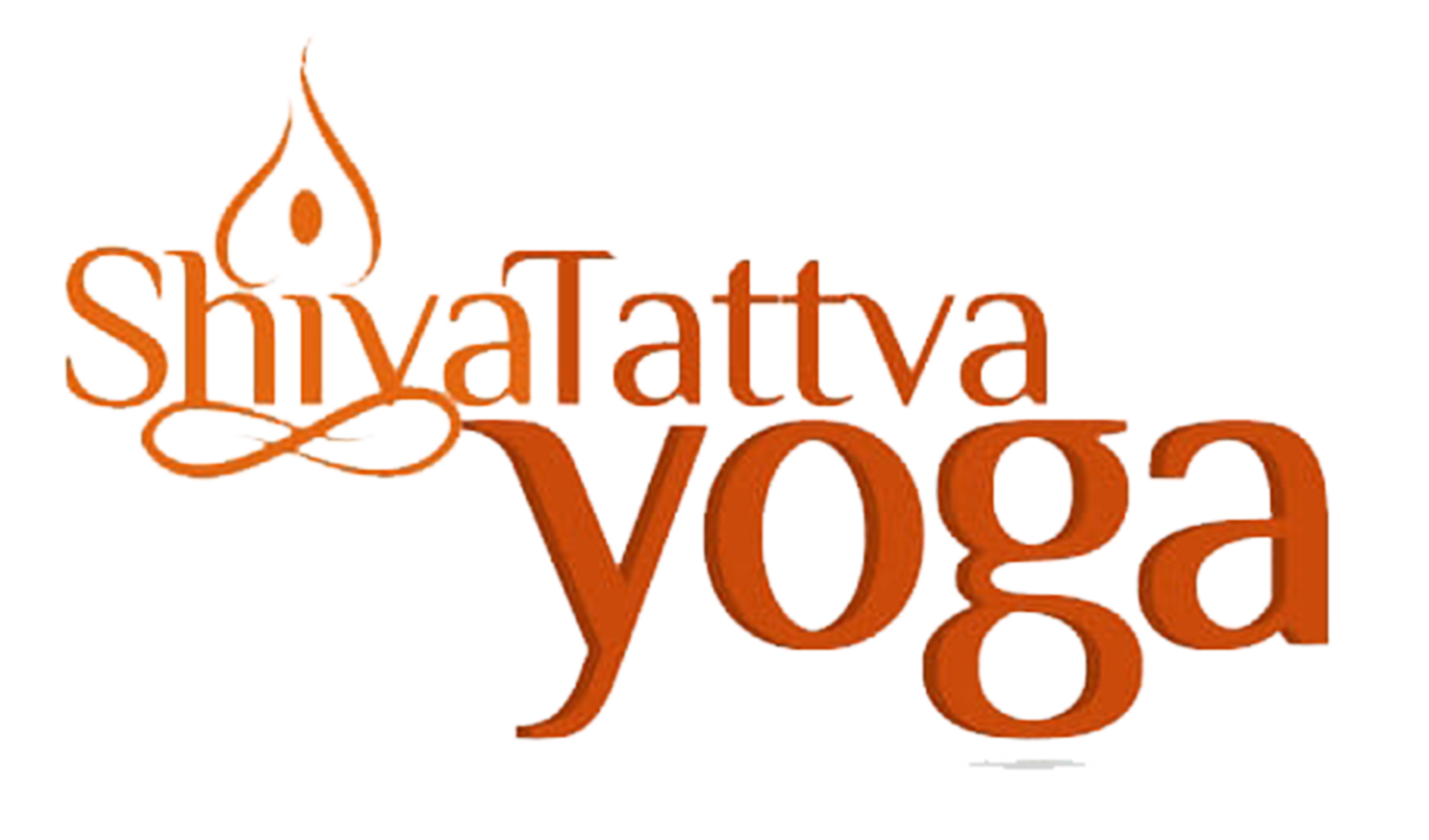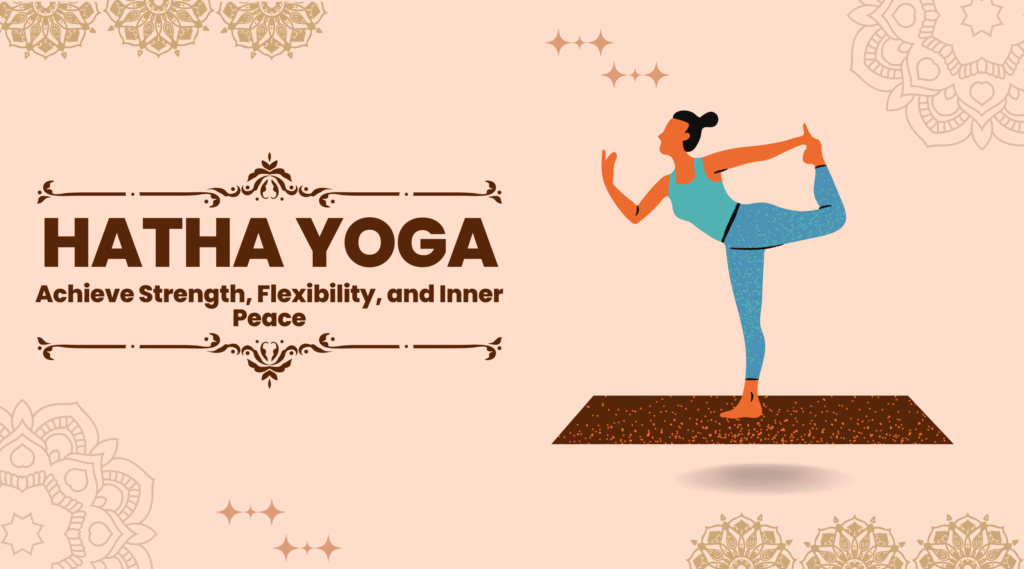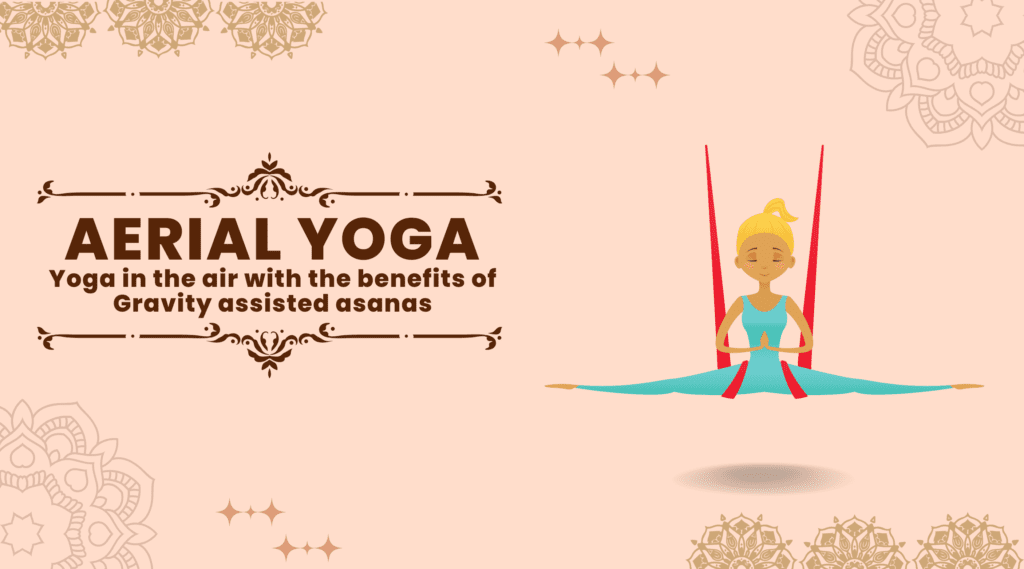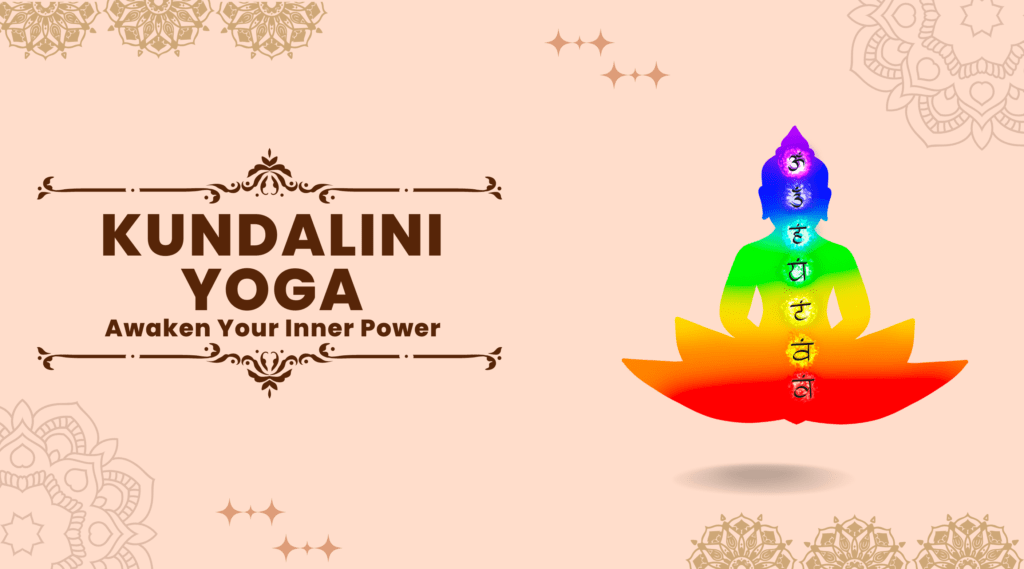Kapalbhati Pranayama: An Ancient Practice to boost your well-being in Modern Times
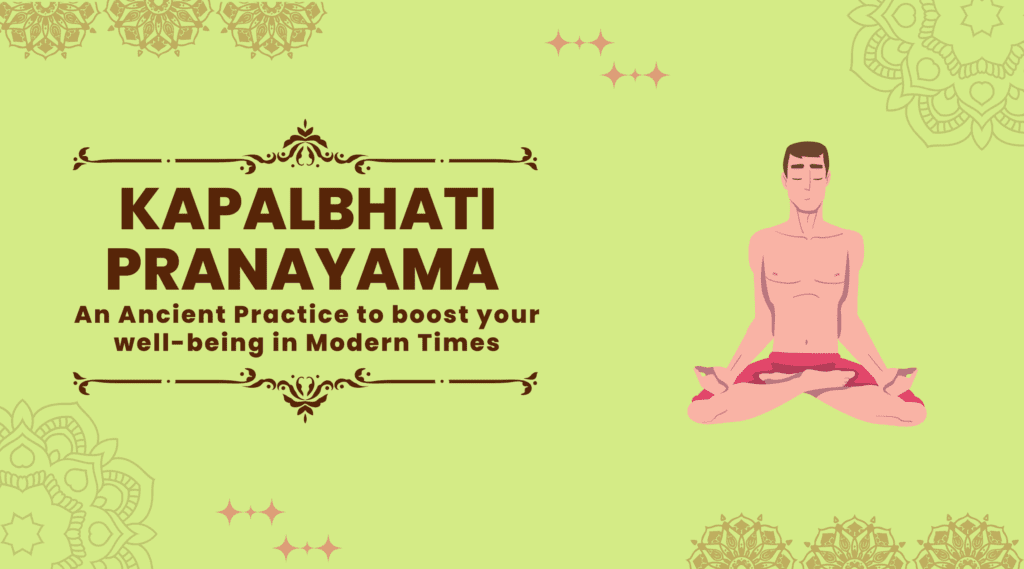
An Introduction
Kapalbhati pranayama is a popular pranayama (breathing) technique in yoga. It offers numerous benefits for the body and mind. The name “Kapalbhati” is derived from the Sanskrit words “kapal” meaning “forehead” and “bhati” meaning “shining”. Though this is primarily a pranayama technique in yoga, but it can also be classified as a kriya or cleansing technique.
This is because Kapalbhati can have a cleansing effect on the respiratory system, helping to clear out excess mucus and toxins from the lungs and respiratory passages. In addition, the forceful exhalation in Kapalbhati can also help to stimulate the digestive system, aiding in the removal of waste and toxins from the body.
However, it is important to note that the primary purpose of Kapalbhati is to regulate and control the breath. It enhances the flow of prana or life force energy in the body. Whie the cleansing effects of Kapalbhati are a secondary benefit and should not be the main focus of the practice.
In this article, we will discuss this pranayama in detail.
Suggested: Best Yoga Retreats And Yoga Teacher Training In Rishikesh
History of Kapalbhati Pranayama
Yogis have been practising this breathing technique for thousands of years in India as a part of the yoga tradition. In ancient texts such as the Hatha Yoga Pradipika and the Gheranda Samhita, Kapalbhati is described as a cleansing practice also that purifies the respiratory system, clears the mind, and enhances the flow of prana or life force energy in the body.
This was traditionally practised by yogis and ascetics to prepare the body and mind for deep meditation and spiritual practices.
However, in modern times, Kapalbhati has gained popularity as a pranayama technique that offers numerous health benefits. Practitioners in a yoga class commonly practise this pranayama as well as many people around the world have adopted it as a part of their daily health and wellness routine.
Benefits of Kapalbhati
The potential Kapalbhati benefits when doing the pranayama on a regular basis include:
1. Improved respiratory function: It involves deep breathing, which can improve lung capacity and oxygen uptake.
2. Strengthened abdominal muscles: The forceful exhalations in Kapalbhati can help to tone and strengthen the abdominal muscles, which can improve posture and stability.
3. Reduced stress and anxiety: Kapalbhati has a calming effect on the mind, which can help to reduce feelings of stress and anxiety.
4. Improved digestion: Kapalbhati stimulates the digestive organs, which can help to improve digestion and reduce constipation.
5. Increased energy: Kapalbhati is believed to increase circulation and stimulate the nervous system, which can lead to an increase in energy and vitality.
6. Detoxifies the body: This pranayama technique helps to flush out toxins and waste from the body by stimulating the digestive and excretory systems.
7. Improves concentration and focus: The practice of Kapalbhati helps to increase oxygen flow to the brain, which improves cognitive function and enhances concentration and focus.
8. Boosts metabolism: Kapalbhati helps to increase metabolic rate, leading to weight loss
Techniques & Features for practising Kapalbhati
Here are some techniques and features of this pranayama:
1. Sitting posture: Sit in a comfortable cross-legged position with your back straight and your hands resting on your knees.
2. Breath control: Inhale deeply and then exhale forcefully through your nose while simultaneously pulling your abdominal muscles inwards towards your spine. This exhalation should be quick and forceful, almost like a sharp exhalation while the inhalation should be passive and automatic.
3. Rhythm and pace: The pace of Kapalbhati should be rapid and continuous, with each round consisting of 20-30 exhalations. It is important to maintain a consistent rhythm throughout the practice.
4. Duration: Beginners can start with 1-2 minutes of practice and gradually increase the duration up to 5-10 minutes.
5. Focus: Focus your attention on the movement of the breath and the sensation of the abdominal muscles contracting and relaxing.
6. Rest between rounds: Take a few deep breaths and rest for a few seconds between rounds of Kapalbhati.
7. Precautions: This pranayama should not be practised by pregnant women, people with high blood pressure, heart disease, epilepsy, hernia, or gastric ulcers.
Kapalbhati as a Kriya (Cleansing process)
When Kapalbhati is practised as a kriya, there are several types of Kapalbhati kriya, each of them has its own variations and benefits. Here are a few examples:
1. Vyutkrama Kapalbhati: This kriya involves snorting water through the nostrils and then expelling it forcefully through the mouth. It is believed to help clear the nasal passages and sinuses.
2. Sheetkrama Kapalbhati: This kriya involves sipping water through the mouth and then expelling it forcefully through the nose. It is believed to cool and purify the body.
3. Bahya Kapalbhati: This kriya involves exhaling forcefully and then holding the breath out while pulling in the abdomen towards the spine. It is believed to help strengthen the abdominal muscles and improve digestion.
4. Kevala Kapalbhati: This kriya involves performing Kapalbhati with one nostril while closing the other nostril with the thumb. It is believed to help balance the flow of prana (life force) in the body.
Precautions while practising Kapalbhati
Here are some precautions that we should always take care of while practising:
1. Avoid practising this pranayama during pregnancy or if you have recently undergone surgery. Consult your doctor before starting the practice if you have any health concerns.
2. We should avoid this if you have high blood pressure, heart disease, epilepsy, or any other medical condition that affects your breathing or blood circulation.
3. If you feel dizzy, lightheaded, or experience any discomfort while practising Kapalbhati, stop immediately and rest.
4. Always practise Kapalbhati on an empty stomach, preferably in the morning or evening. We should wait at least 2-3 hours after a meal before practising it.
5. Do not force the breath or strain your abdominal muscles while practising Kapalbhati. Start with a few rounds and gradually increase the duration and intensity of the practice.
6. Always warm up before starting this pranayama. You can also do some gentle stretches or other yoga postures to prepare your body and mind.
7. If you are new to Kapalbhati, start your practice with a short duration of 1-2 minutes and then gradually increase. Do not perform this pranayama for a long duration forcefully in the beginning.
Expectation from a Kapalbhati Class
While attending a Kapalbhati pranayama class, we may expect the following from the class:
1. Introduction and warm-up: The teacher may start by introducing the practice of Kapalbhati, while explaining its benefits, and demonstrating the correct technique. You may also do some gentle stretches or other warm-up exercises to prepare your body and mind.
2. Practice: The teacher will guide you through the practice of Kapalbhati, providing cues on breath control, rhythm, and pace. You may do several rounds of Kapalbhati, with breaks in between to rest and observe the effects.
3. Modifications and variations: The teacher may offer modifications or variations of Kapalbhati to suit different levels of experience or physical ability. The teacher may also allow time for questions and answers about it, its benefits and any precautions to keep in mind.
4. Closing: The class may end with a few minutes of relaxation or meditation to help you integrate the benefits of Kapalbhati as well as calm your mind.
Conclusion:
As Kapalbhati is a powerful pranayama technique, it can help to improve respiratory health, boost metabolism, reduce stress and anxiety, as well as improve concentration and focus. However, it is important to practise it with caution and under the guidance of a trained instructor. With regular practice and the right precautions, Kapalbhati can help you achieve a healthier body and mind.
You Can Also Read
